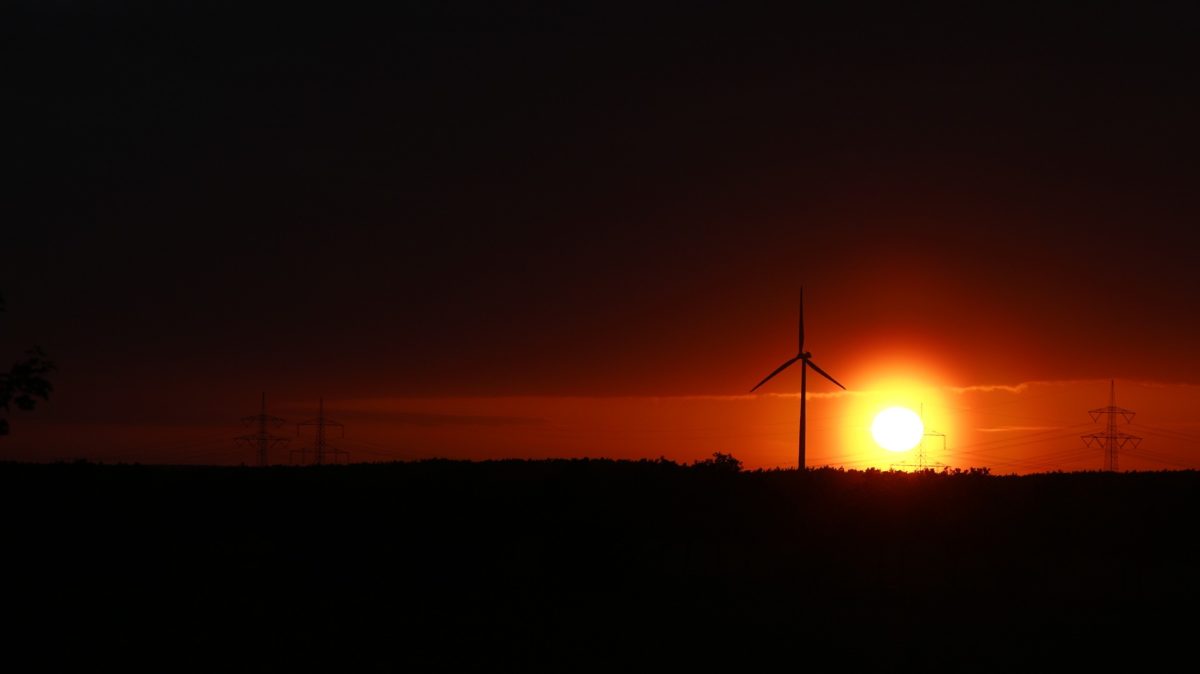From pv magazine Australia.
New investment in large-scale solar, wind and storage projects in Australia continued to slump in the second quarter of the year as Australia’s perennial grid woes and policy uncertainty continued to undermine investor confidence. At $600 million, investment in financially committed projects was at its lowest level in the last three years, a new analysis by the Clean Energy Council (CEC) reveals.
Investment in Q2 2020 was therefore down significantly on the historical average, with a 46% fall from the previous quarter and 52% lower than the quarterly average for 2019. Only three projects reached financial close during this period, including Australia’s biggest solar project to date, Neoen’s Western Downs Solar Farm, and one utility-scale battery. There were no new wind projects. “This fall in investment reflects the growing risks being placed on renewable energy developers across the country,” says CEC Chief Executive, Kane Thornton.

The primary drivers relate to the challenges associated with the grid connection process, unpredictable government policy interventions and underinvestment in network capacity creating congestion and constraints, the CEC finds. These are the same reasons identified in earlier announcements, surveys, and reports that have continued to deteriorate renewable energy investment conditions in Australia.
Grid troubles
The country’s slow-to-adapt transmission network, which is holding back a massive pipeline of renewable energy projects, has once again been identified as a major obstacle to renewable energy investment. Difficulties in finalizing grid connection processes and obtaining Generator Performance Standards (GPS) have delayed a number of large-scale solar and wind projects across Australia, undermining their economic viability. Additional technical requirements such as the installation of synchronous condensers and harmonic filters alongside a project have resulted in additional expenses for some developers.
“At the moment, projects are experiencing significant and often unanticipated delays through the grid connection process, which is having a big impact on the commercial terms of these projects and increasing risks for investors,” Thorton says. “Network congestion and system-wide challenges are contributing to unanticipated changes including to technical requirements, creating uncertainty about next steps and timing of resolution for project developers.”
The Australian Energy Market Operator (AEMO) has recognized the issues associated with grid connection, and the Clean Energy Council is working closely with AEMO to improve the processes. “AEMO’s 2020 Integrated System Plan (ISP) has delivered a clear roadmap for development of the energy system. To deliver this, we need to address the current grid connection challenges in order to build investor confidence for new clean energy generation,” Thorton adds.
Last month, AEMO released its 20-year blueprint detailing how an optimal national electricity market should look to deliver the best outcomes for consumers and $11 billion in net market benefits in what is described as “the biggest and fastest transformational change in the world”. A diverse portfolio of distributed energy resources and large-scale solar and wind generation supported mainly by pumped hydro and batteries would ensure the least-cost transition as the nation’s coal plants retire and see periods in which nearly 90% of demand is met by renewable generation. Adequate investment in transmission infrastructure will be instrumental in making this a reality, AEMO found.
But despite continuous warnings, not much has been done to date to strengthen the grid and pave the way for new renewable energy projects to join the market. Instead, the situation in some parts of the grid has rapidly deteriorated putting a growing number of projects at risk.
“This is weighing on confidence for new investment in the sector, at a time when we need more clean energy investment to boost jobs and regional development and ensure sufficient new generation is in place before old coal generators retire,” Thorton says.
He went on to note that Australia has an enormous opportunity to leverage renewable energy as part of a nation-building Covid-19 economic response, but that “this requires much needed regulatory reform, sensible energy policy, rapid improvements to grid connection processes and investment in the transmission backbone and energy storage.”
This content is protected by copyright and may not be reused. If you want to cooperate with us and would like to reuse some of our content, please contact: editors@pv-magazine.com.




Unfortunately, Australia’s Federal Government is expert at Passive Aggressive Sabotage and we are seeing it in Real Time as it is effectively the hamstring being pulled on. The fact that they do this so openly and observably with little attempts to cover it makes me wonder why no-one in Australia is going crazy over it. I know that Juice Media has made some video’s highlighting this with a Funny Twist but it simply is not “clicking” with the people.
Such is life within a Fossilised Government which is funded & run by Fossil Resource Companies grasping to squeeeze the life out of everyone in the name of profit.